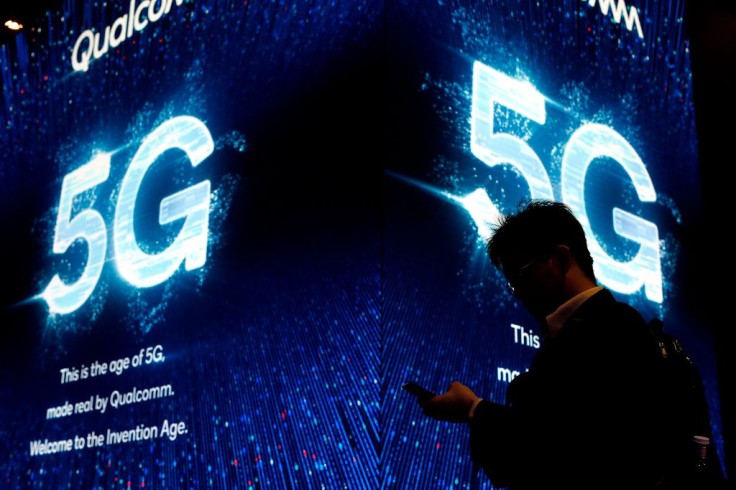
Qualcomm's Snapdragon 888 chip allows the device to have impeccable photography features.
One of the most significant aspects of smartphone use is taking photos and videos.
It's also one of the simplest ways for phone manufacturers to demonstrate new capabilities, persuading customers that there's a good reason to upgrade from a serviceable two- or three-year-old phone.
Snapdragon 888 Specs
The Qualcomm Snapdragon 888 5G Mobile Platform is a high-end security operations center (SoC) for smartphones that were released in late 2020 and are built by Samsung in a 5 nm process.
As reported by Notebook Check, one "Prime Core" based on an ARM Cortex-X1 architecture with a clock speed of up to 2.84 GHz is included.
Three more power cores, based on the A78, run at 2.42 GHz.
In addition, four energy-saving cores based on the ARM Cortex-A55 design and clocked at up to 1.8 GHz have been implemented.
The processor core power should be roughly 15% better than the previous Snapdragon 865+. The integrated Adrenalin 660 GPU should see a 35% increase.
Snapdragon 888 Specs: Smart AI Photos
In addition, the 888 incorporates innovative AI technologies into pictures.
Machine learning algorithms inspired by the linked neurons that make up human brains are now known as AI.
The key to making this technology function is to feed it good data so that it can perform well once it's integrated into a shipping product.
As reported by CNET, AI currently guides focus and exposure decisions in 888-powered phones.
Qualcomm used virtual reality headsets to train its AI autofocusing system, which recorded where individuals looked when shown various images.
A new low-light architecture is also included with the Snapdragon 888, which is aimed to improve images taken in low-light circumstances.
The 888-powered phones will also be able to take a burst of up to 120 photos in a row, which could come in handy when trying to pick the correct snap in a fast-paced action sequence.
Qualcomm's Improves Raw Photo Feature
Despite the Snapdragon 888 specs' ability to combine several frames to boost photo and video quality, Qualcomm does not offer a competitor to Apple's ProRaw format, which is currently available in iPhone 12 Pro models, or Google's computational raw format, which has been around for two years.
Those formats give photographers more options than JPEG and HEIC photos while still allowing them to take leverage of HDR and other processing features.
Qualcomm, on the other hand, wants to go in that way.
Snapdragon 888 Specs in Videography
On newer high-end phones with wide, ultrawide, and telephoto cameras, taking three movies at once can be beneficial.
The phone can switch views without stuttering or latency if all three video streams are active.
Video capture may automatically transition between several cameras with software from Arcsoft, which licenses its technology for use in phone makers' camera apps, so the person you're filming always fills the frame with no manual fussing with zoom levels.
The 4K HDR function should assist video with both gloomy and brilliant elements captured in tough settings.
HDR imaging is frequently created by combining three photographs taken at different exposure levels: black, normal, and brilliant.









